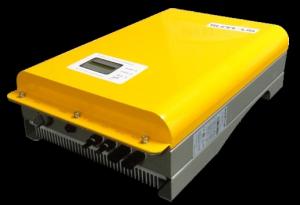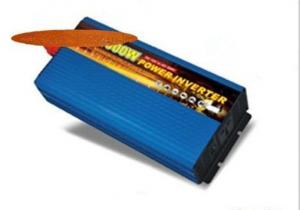Flyline Solar Inverter
Flyline Solar Inverter Related Searches
Flin Energy Solar Inverter Freesun Solar Inverter Powerland Solar Inverter Frontier Solar Inverter Offline Solar Inverter Smart Solar Inverter Solar Rooftop Inverter Smart Inverter Solar Smart Solar Power Inverter Power Solar Inverter Battery Solar Inverter Solar Energy Inverter Sunny Solar Inverter Solar Smart Inverter Solar Light Inverter Solar Battery Inverter Inspire Solar Inverter Rooftop Solar Inverter Solar Solar Inverter Portable Solar Inverter Sunshine Solar Inverter Inverter Solar Inverter Solar Battery Buy Solar Inverter Outback Solar Inverter Inverter Power Solar Glow Power Solar Inverter Easy Solar Inverter Inverter Battery Solar Intelligent Solar InverterFlyline Solar Inverter Supplier & Manufacturer from China
Flyline Solar Inverter is a high-quality product that offers efficient and reliable power conversion solutions for solar energy systems. These inverters are designed to convert the direct current (DC) generated by solar panels into alternating current (AC), which can be used to power homes, businesses, and other electrical devices. The product line includes a range of inverters with varying power capacities, catering to different solar energy system requirements.Flyline Solar Inverter is widely used in various applications, such as residential, commercial, and industrial settings. They are particularly useful in off-grid and grid-tied solar power systems, where they play a crucial role in ensuring the smooth and efficient flow of electricity. These inverters are also employed in backup power systems, providing a reliable source of electricity during power outages or grid failures. The versatility of Flyline Solar Inverter makes it a popular choice among solar energy enthusiasts and professionals alike.
Okorder.com is a leading wholesale supplier of Flyline Solar Inverter, boasting a vast inventory of these products. As a reputable online platform, Okorder.com offers competitive prices, fast shipping, and excellent customer service to its clients. By partnering with Okorder.com, customers can be assured of accessing a wide range of Flyline Solar Inverter options, all available at affordable rates. This makes Okorder.com the go-to destination for those looking to purchase high-quality solar inverters for their solar energy projects.
Hot Products
















































